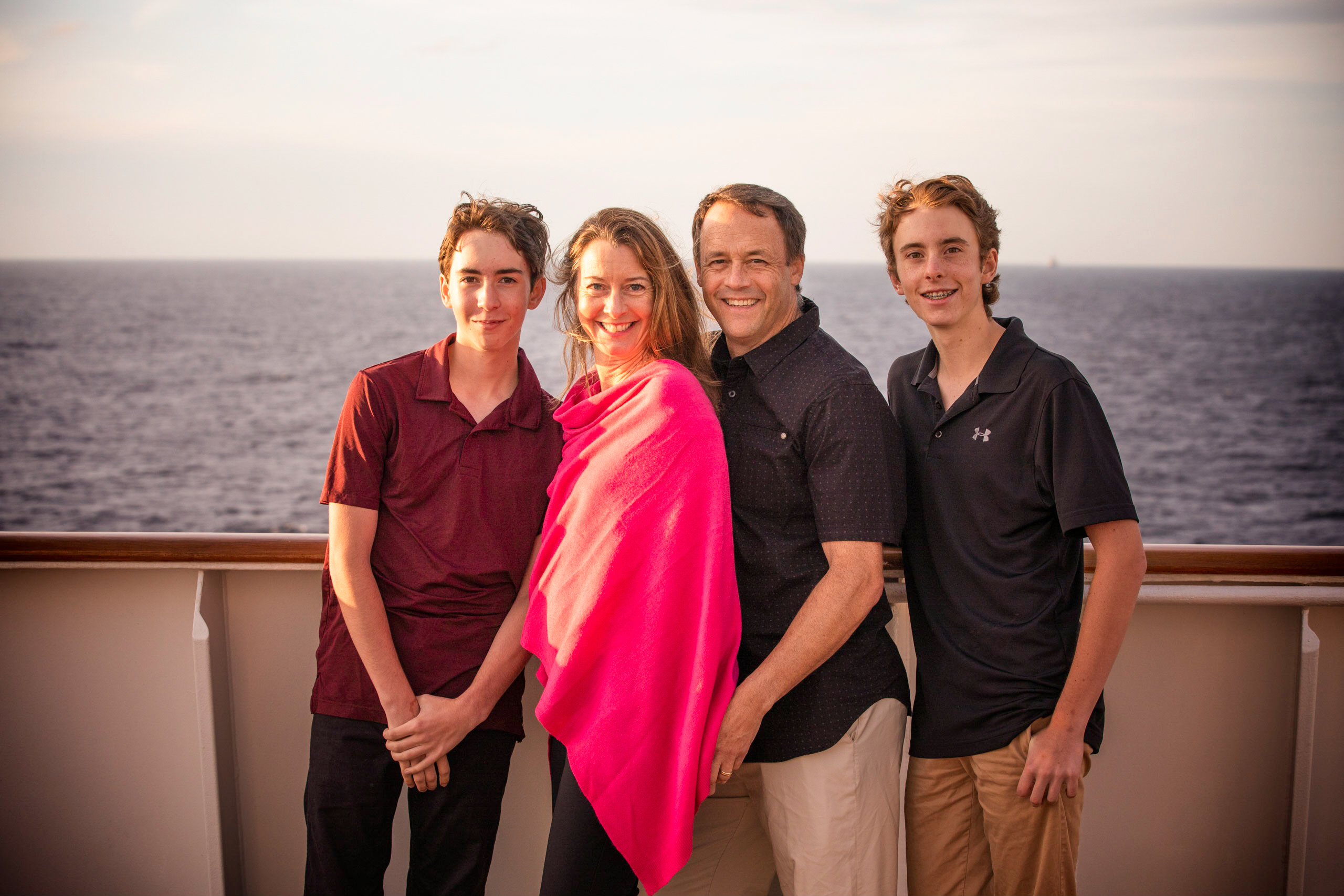
The first foreign port of our Semester at Sea voyage is behind us. Nineteen days after our departure from Encinitas, Mexico we arrived in Kobe, Japan. With a day in Hawaii and a day that didn’t exist due to the vagaries of crossing the International Date Line, we had 17 days at sea and will write about that nautical stretch in a separate post.

Our time in Japan started in Sannomiya Station, the main Kobe train station. We ran straight into a classic operational difference between Japan and the US. As we tried to purchase our rail passes at the JR counter, the agent informed us that our ¥56,000 ($500) bill had to be paid in cash. Since our ATM card limit is the fairly standard $300, we scrambled to find an ATM and hope that our joint debit cards would both work! Luckily, 7-11 convenience stores are more numerous than seems reasonable and we were able to sort out our cash troubles and get on our way to Hiroshima.
We decided to make a return to Hiroshima this trip, since the last time we had visited there Ryan and Luke were 5 and 6 years old respectively. Although the main building in the Peace Park Atomic Bomb Museum was under renovation, we still had a very impactful tour of the museum listening to accounts of survivors and seeing pictures of the destruction. It is an interesting place and it is as focused on the ongoing dangers of nuclear warfare as it is on the events in Hiroshima in 1945. Nearby the museum, we went to the atomic bomb dome, which is the remains of a tower that survived despite being very close to the epicenter of the bomb. See the additional article here for more commentary on the bomb museum.


We also went to a new cool community building in Hiroshima. It included an interesting top floor observation deck with plastic dome tents where you can have a drink and a snack. The floor below that features a room where you learn to fold to make an origami crane, a symbol of hope and healing in difficult times in Japan. Many bomb survivors folded the required 1,000 cranes in order for their wish of recovery to come true. Once you have completed your crane, you walk out on to a plexiglass floor and drop your crane into a glass wall which extends 8 floors and will eventually be completely full of paper cranes.

While in Hiroshima we ate everything we could find! Ramen, katsucurry (curry and rice with a fried pork cutlet on top), ramen, tofu, ramen, everything but the traditional Japanese breakfast! Eating is definitely a recurring theme of our visits to Japan.

After one night in a friendly, “hostelly”, basic ryokan (http://www.chizuru-ryokan.com) in the heart of Hiroshima, we moved on to Arima Onsen, a hot springs city across a mountain range from Kobe. Arima is one of the most famous hot springs resorts in Japan and it’s very hard to describe that that is like. I suppose it is close to the experience that you might have in a national park in the US.
The hotels are slightly worse for wear but command high prices due to the hot springs that literally flow on their grounds. Most of the food in town is traditional Japanese comfort food. Mot people never leave the grounds of their hotel and many of the restaurants are closed by 8 p.m. It is always an experience to visit an onsen and sleep on tatami floors.

After 2 nights relaxing in the waters at Arima, we moved on to our favorite stop during this visit to Japan. Kyoto was the capital of Japan for about a thousand years until the Meiji Restoration (of the Emperor) in 1868. It is the spiritual center of Japan, with over 1,000 temples and shrines. And it is one of our favorite places in the world. In the midst of a technologically advanced country, with its bustling cities and high population density, Kyoto represents serenity. You can, and Jay has, spent days wandering through the small streets and quiet temples of the city. As a historical and religious city, it was not bombed during World War II and retains many of its original buildings and characteristics.
We spent time on the Eastern side of the city walking from temple to temple in the foothills. Specific highlights were a return to Shoren-in, a tranquil oasis we had visited on our prior trip. It was a bittersweet moment as Shoren-in was the site of this most iconic picture of Jay’s father, Milton. We re-enacted the photo in his absence and in his honor.


And of course, no visit to Kyoto is complete without a visit to one of the largest and most well-known temples, Kiyomizu-dera. After the tranquility of the temples to the North East of the city, the pilgrimage path up to Kiyomizu is a vibrant, boisterous journey up the hill to the temple. It is overflowing with locals in their kimonos celebrating special events, and locals taking it all in. Along the walking path are more stores than you can count, selling everything from snacks to temple souvenirs. And inside the temples, they have stalls selling charms for things like conceiving a child, good luck, recovery from illness, safe driving and making money.

On her fourth visit to Japan, Christy had the experiences that gave her a glimpse into how Jay was able to spend about six years living there. The solemnity of Hiroshima, coupled with the quiet spirituality of Kyoto resonated with her in a way that hadn’t been apparent prior to this. And she is now interested in exploring Japan further.



